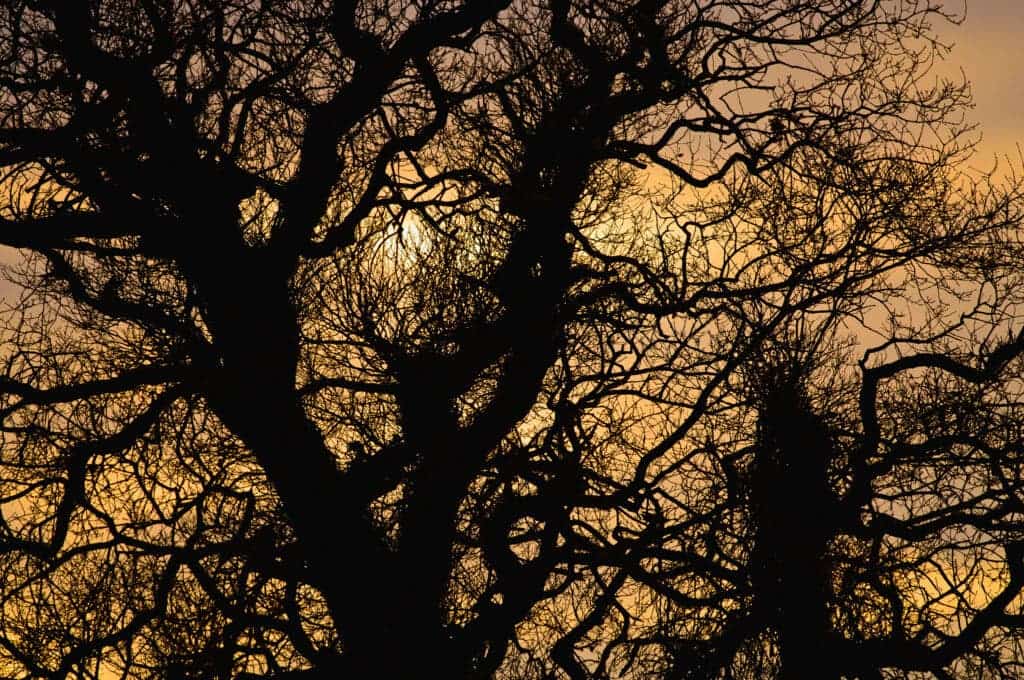The world is facing a biodiversity crisis and trees are no exception — a third of the world’s wild tree species are currently threatened with extinction, a concerning new report finds. The researchers said agriculture and grazing are the greatest threats for trees and urged conservation measures to avoid devastating consequences.

Botanic Gardens Conservation International (BGCI), a plant conservation charity, carried out a five-year assessment of the status of wild tree species around the world. They looked at 60,000 tree species and found that 30% are at risk of extinction. That’s twice the number of threatened mammals, birds, amphibians, and reptiles combined.
Of those, over 440 tree species are especially at risk, with fewer than 50 individuals remaining in the wild. These can be found all over the world, from the Menai whitebeam (Sorbus arvonensis) in North Wales, with just 30 trees remaining, to the Mulanje cedar (Widdringtonia whytei) in Malawi, with just a few remaining individuals.
“Every tree species matters — to the millions of other species that depend on trees, and to people all over the world. For the first time, we can pinpoint exactly which tree species need our help, so policymakers and conservation experts can deploy the resources and expertise needed,” Paul Smith, Secretary General, BGCI, said in a statement.
Trees are of vital importance ecologically, culturally, and economically. They are highly significant components of biodiversity and carbon storage in many other ecosystems such as woodlands, grasslands, as well as artificial and urban environments. Most wild species are in Central and South America, followed by Southeast Asia and Africa.
The report found that one in five tree species are directly used by humans, mainly for timber, medicines, food, and fuel. Their over-exploitation and mismanagement are what’s driving many to extinction. The greatest threats come from agriculture and grazing, followed by logging, harvesting, and a growing influence of climate change.
As global temperature increases, many species could lose areas of suitable habitat, both in temperature and tropical areas. The researchers found that at least 180 tree species are directly threatened by sea-level rise and extreme weather events. This is especially the case for island species, such as the magnolias in the Caribbean.
“Trees are vital for our future and for a healthy world we need tree species diversity. Each tree species has a unique ecological role to play. With 30 percent of the world’s tree species threatened with extinction we need to urgently scale up conservation action,” Sara Oldfield, Co-chair of the Global Tree Specialist Group, said in a statement.
The road ahead
Despite the challenges faced by trees around the world, the report authors are hopeful for the future of conservation if efforts continue and are scaled up. We have seen some progress in some parts of the world, and there is still time to act. Alongside the actual report, they also launched an online database to track conservation effort for trees. This helps understand which trees need the most protection and in which countries.
The authors also recommended a set of actions for policymakers and experts to protect and bring back threatened species. They suggested extending the protected area coverage for threatened species, ensuring that they are also conserved in botanic gardens and seed bank collections, and increasing availability of government and corporate funding.
Individuals and organizations can also support tree planting programs, they argue, which support the planting of native and threatened three species. Through such efforts there’s a “huge opportunity to change this dire picture”, Jean-Christophe Vie, Director General of the Swiss Foundation Franklinia, said in a statement.
The full report can be accessed here.


